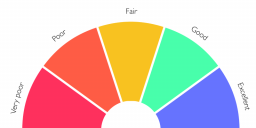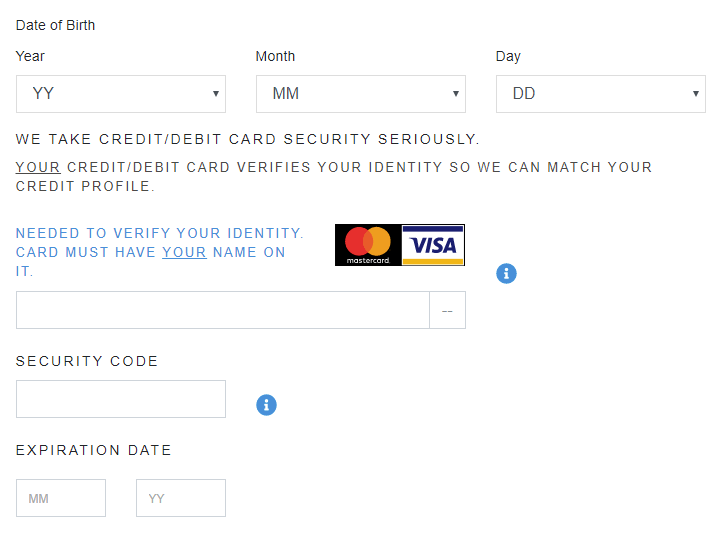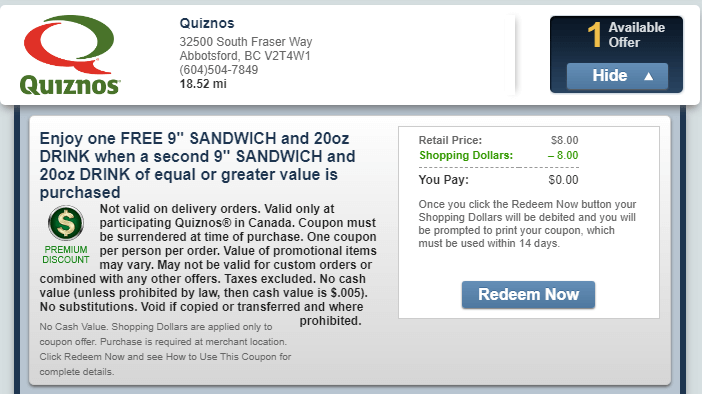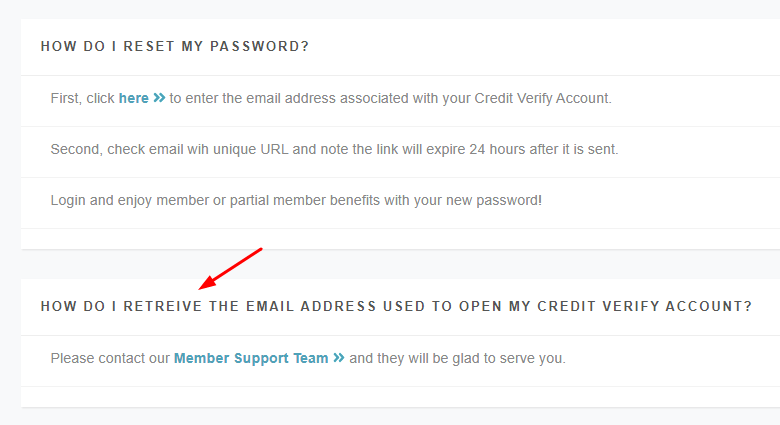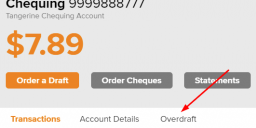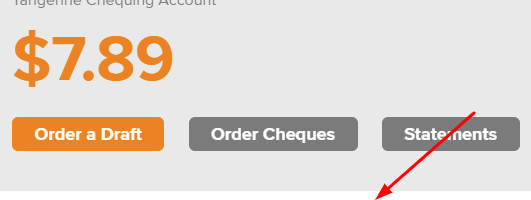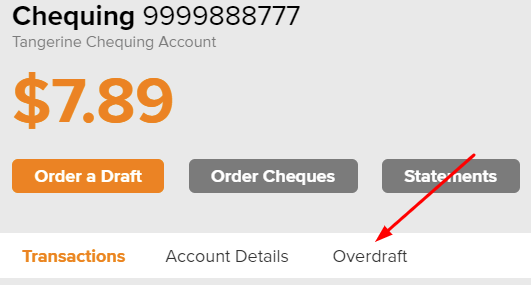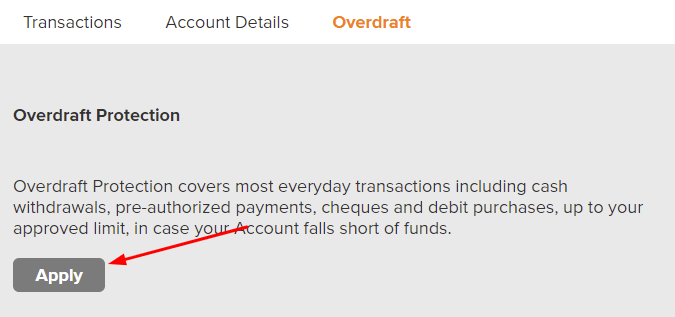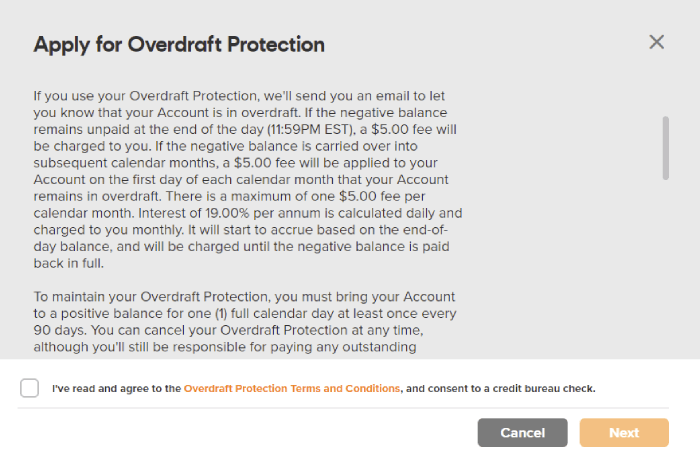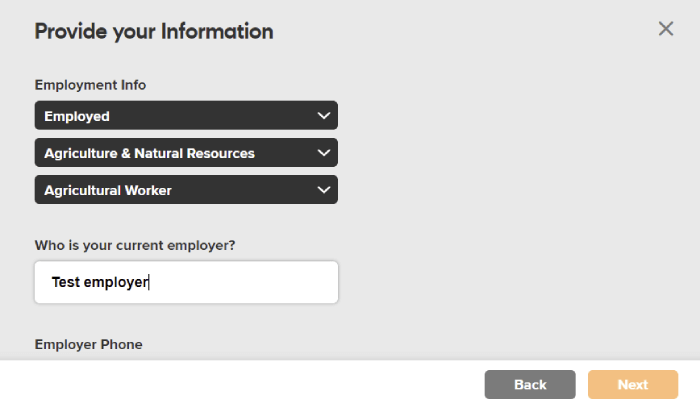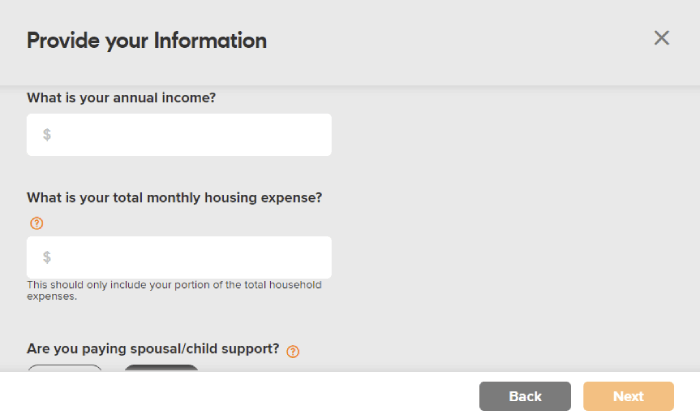As per the World Tourism organization, Canadians rank 7th worldwide when it comes to spending on travelling. Canadians spend around 1,000 USD per capita on international travel every year. The most favourite destination for Canadians is our southern neighbour: The United States of America.
Every year, around 20 million Canadians travel to the US. I’ve travelled to the U.S from Canada dozens of times. Each time I go I find new ways to save money. If you are looking for ways to stretch a dollar while visiting the US, keep reading. We are going to discuss several ways to do that.
1. Credit cards with no forex fees
No matter how economically you travel, travelling is expensive, even if it is just across the border.
Forex fees are in my opinion one of the biggest “hidden” costs that credit card companies have. Although you can see the fees on your statements if you look closely, I like to say that the forex fees are hidden because many people are not even aware that it exists.
If you’re not aware, most Canadian credit cards charge at least a 2.5% foreign exchange fee for every purchase you make in the U.S, which can add up over your trip.
Whether you are shopping at local stores or trying out local cuisines, you should swipe a card that doesn’t charge foreign currency exchange transaction fees.
Check out these credit cards with no forex fees, especially if your stay spans more than a week.
2. Find alternatives to withdrawing cash or using debit cards
Withdrawing cash from ATMs and using traditional debit cards in a foreign land can also cost you a lot in service charges that won’t add any value to your trip. So, how about having an alternative to that?
Online-only banking has become all the rage in the last couple of years. You can also hop on the bandwagon to save money while visiting the US. You can try EQ Bank as an alternative to your conventional banking cards. It is entirely free to open an account in EQ, which is an online-only bank with no hidden terms and conditions.
EQ Bank has partnered with TransferWise, and you are able to send money to an American account at a much better exchange rate than withdrawing cash at a regular ATM. If you have a trusted friend or relative with a U.S bank account that you will be meeting up while you’re down there, consider using this service to get a cheaper way of withdrawing your cash.
3. Make calls to home the new way
Gone are the days when you would use an expensive landline to call home from other countries. Similarly, the days of international mobile calls also seem behind us, thanks to fast-speed mobile internet. If you are determined to save every single cent while visiting the US, avoid buying international roaming plans.
Instead, make voice and video calls through WhatsApp or Facebook Messenger, and other chat apps while using Wi-Fi internet and data plans. It will certainly cost you less than international roaming charges, especially if you are staying for longer and making lots of calls back home.
There is a free to download phone app called TextNow that I use while on my travels. It lets you have a free Canadian or American phone number that works over Wi-Fi. I’ve used it in my travels around the world with no problems.
4. Use red-eye flights
If your US visit doesn’t involve tightly scheduled work meetings or other emergencies, you should consider flying red-eye. These flights have obscure flight times that are less in demand. They usually take off and land in a 9:00 pm-6:00 am window.
If you are having a lot of interstate travelling in the US, red-eye flights can save hundreds of dollars on your entire trip.
5. Ditch expensive hotel rooms
Airbnb has become the torchbearer of economical travelling in the last couple of years. It has been estimated that renting out an entire apartment on Airbnb is 21% cheaper than booking a single hotel room. If you haven’t used it so far, give it a try on your upcoming US trip.
But if you are a conventionalist and want to stick to a hotel room (or need what are often more flexible cancellation policies), ask yourself these questions before booking one.
- Do you need a room with a good view?
- Do you need that extra lounge space?
- Are you going to use the fitness room, pool, and other premium amenities?
If your visit involves a lot of sightseeing and other outdoor activities, you will only use your hotel room to sleep. So, look for the cheapest rooms that may not offer those superfluous features and amenities but can provide respite by saving you some money.
Tips to save for long-term stays
If your US visit consists of a couple of weeks or longer, you have to consider some other factors. Here is the list of things that you should do before and while on your long-term stay in the states.
1. Know your financial risks in advance
Before finalizing your trip and flying off, take a look at your financial well-being. See how much you have in savings. Take a look at your credit. Make sure that your current financial state allows you to stay for long. Even if it is a work-related trip, you must know your financial vulnerabilities and strengths in advance. Having this information will help you prevent any unpleasant scenario from springing up in the middle of the visit.
2. Track your spending
Money-tracking is crucial when you visit a foreign country; however, it is easier said than done when your visit is longer than a couple of days. On long-term visits, people remain diligent about their money-spending in the beginning. However, when days turn into weeks, they lose track.
You can get around this issue by using a money-tracking app. These apps are your virtual assistant in budgeting, money management, and tracking spending. By using a money-tracking app the right way, you can save hundreds of dollars on a long-term stay.
3. Stay in the peripheral
Staying even at a cheap place in the middle of the city can cost you a fortune when you check-in for weeks. Try to find an accommodation in the peripheral of the city you visit. You can find apartments and rooms on Airbnb in the suburbs of your destination cities.
4. Start cooking
Eating out for, say, 25 days is neither good for your stomach nor your wallet. Make sure your lodging has a kitchen with a cooking space where you can cook some of your meals. You can cut down your dining cost more than half by doing that.
Conclusion
Using the tips discussed here, you can save hundreds of dollars or even more on a long trip to the US. You can also read up on other ways you can save money in Canada. The great thing about these measures is that they let you save money without making any compromise on the overall experience of travelling.
 Author Bio – Christopher Liew is the creator of Wealthawesome.com, where he shares money tips and guides for his readers. He’s a CFA Charterholder who has been featured on Yahoo Finance, MSN Money, and The Motley Fool. Read about how he quit his 6-figure job to travel the world.
Author Bio – Christopher Liew is the creator of Wealthawesome.com, where he shares money tips and guides for his readers. He’s a CFA Charterholder who has been featured on Yahoo Finance, MSN Money, and The Motley Fool. Read about how he quit his 6-figure job to travel the world.




 Author Bio – Christopher Liew is the creator of
Author Bio – Christopher Liew is the creator of 